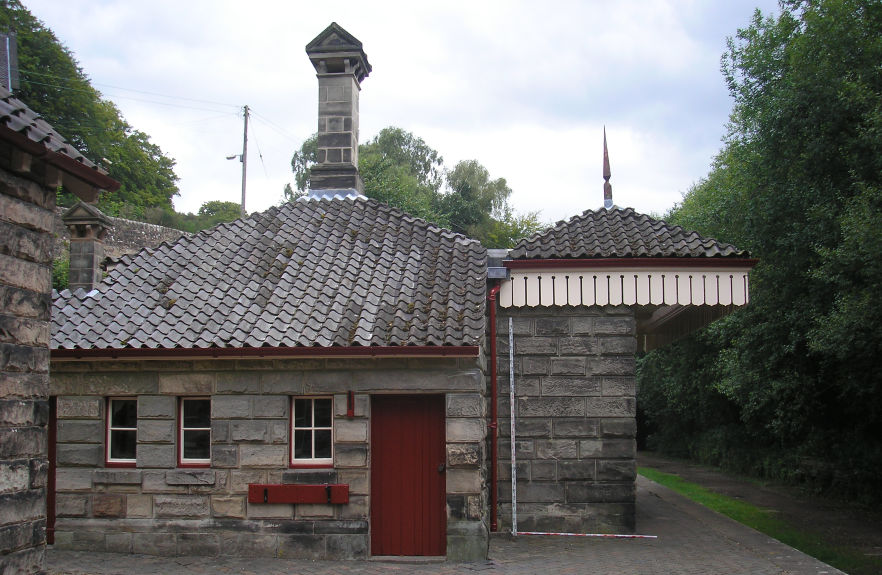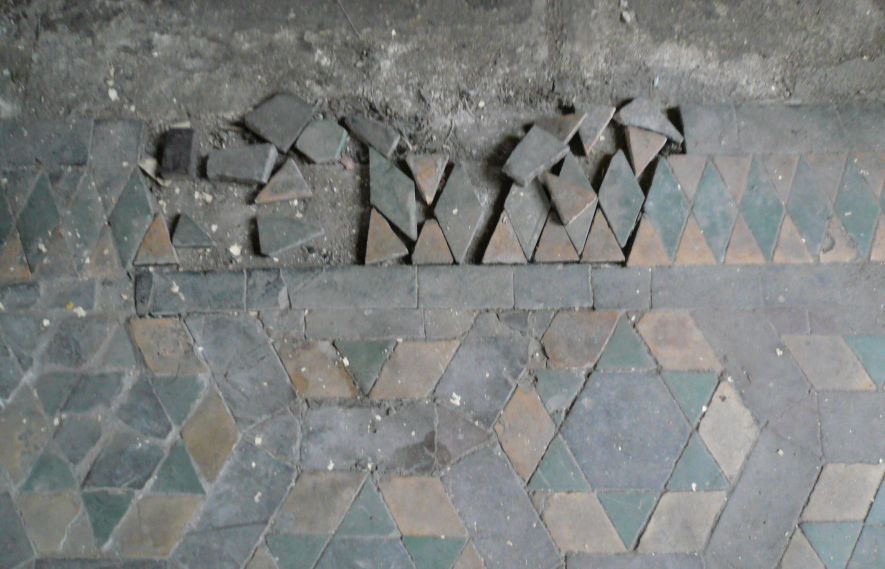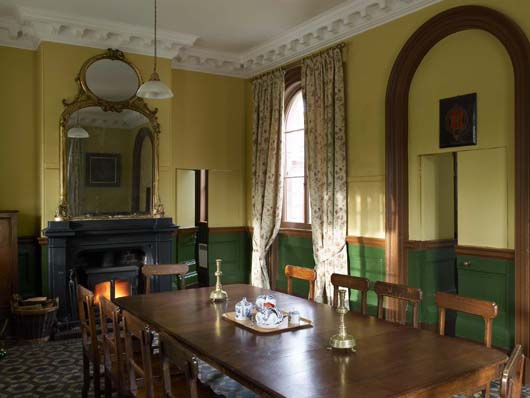Property: Alton Station
Project: Conversion of Redundant Platform Waiting Rooms
Service: Design, Detailing, Procurement, Inspection & Archaeology
Property Listing: Grade 2 (of special interest)
Significance: The waiting rooms are part of the Alton Station on the now defunct North Staffordshire Railway.
One of several listed structures on the site, the stationmasters house and waiting rooms provide the only remaining examples of Italianate railway architecture in Staffordshire.
The building is built with stone walls under a clay led roof, with important surviving Minton led floors.
Value: £114,000

Issues & Operational Needs Arising & Addressed:
The scheme for sensitive rehabilitation of the waiting rooms and ticket office to provide holiday accommodation met twin objectives, to provide a sustainable use and reduce vandalism.
Building investigations informed designs, subsequently developed with the Conservation Officer to meet conservation & operational needs, building regulations, DDA and health & safety obligations.
Planning, Listed Building and Building Regulation consents were obtained.
The design & delivery, acknowledging a conservation ethos of minimal impact and reversibility, and the consideration of the scale & extent of new materials, to limit damage or devaluation to the integrity of the historic fabric & form, retained the sense of place & historic use whilst introducing new circulation routes and openings, directed according to fabric sensitivity and condition.
The protection, repair and final re-use of surviving historic elements including floor ling, fireplaces, sanitary fittings & hatches, and the matching/replication of tiles, latches and handles, together with the careful management of service runs both internally & externally, and the introduction of sensitively designed external lighting both to improve negotiation of the site and to deter unauthorised access, minimised the impact of the scheme on surviving historic materials & perspectives.
The redecoration, based on the last decorative scheme at the time of line-closure, sensitively presented the conversion, whilst encapsulating earlier decorative schemes.
The design allowed the scale and arrangement of the original design to be maintained.
Scheme trials, between property events, were carried out to finalise the specification, assess vibration risks to adjacent decorative gesso work, and firm up budgets & programmes.
Stonework interventions were refinished with a lime, stone dust & fine sand mix, feathered in, whilst new balusters were painted and lacquered, both reflecting the colour, tone and texture of contemporary finishes.
The delivery programme necessitated co-ordination of protection, scaffold, repair and making good works, during tight timescales within the property closed-season, necessitating seven day working, good communication and supervisory controls to avoid programme slippage.
Delivered to:
Budget
Programme
Conservation Standards
Quality Standards
Health & Safety Standards
Operational Needs



